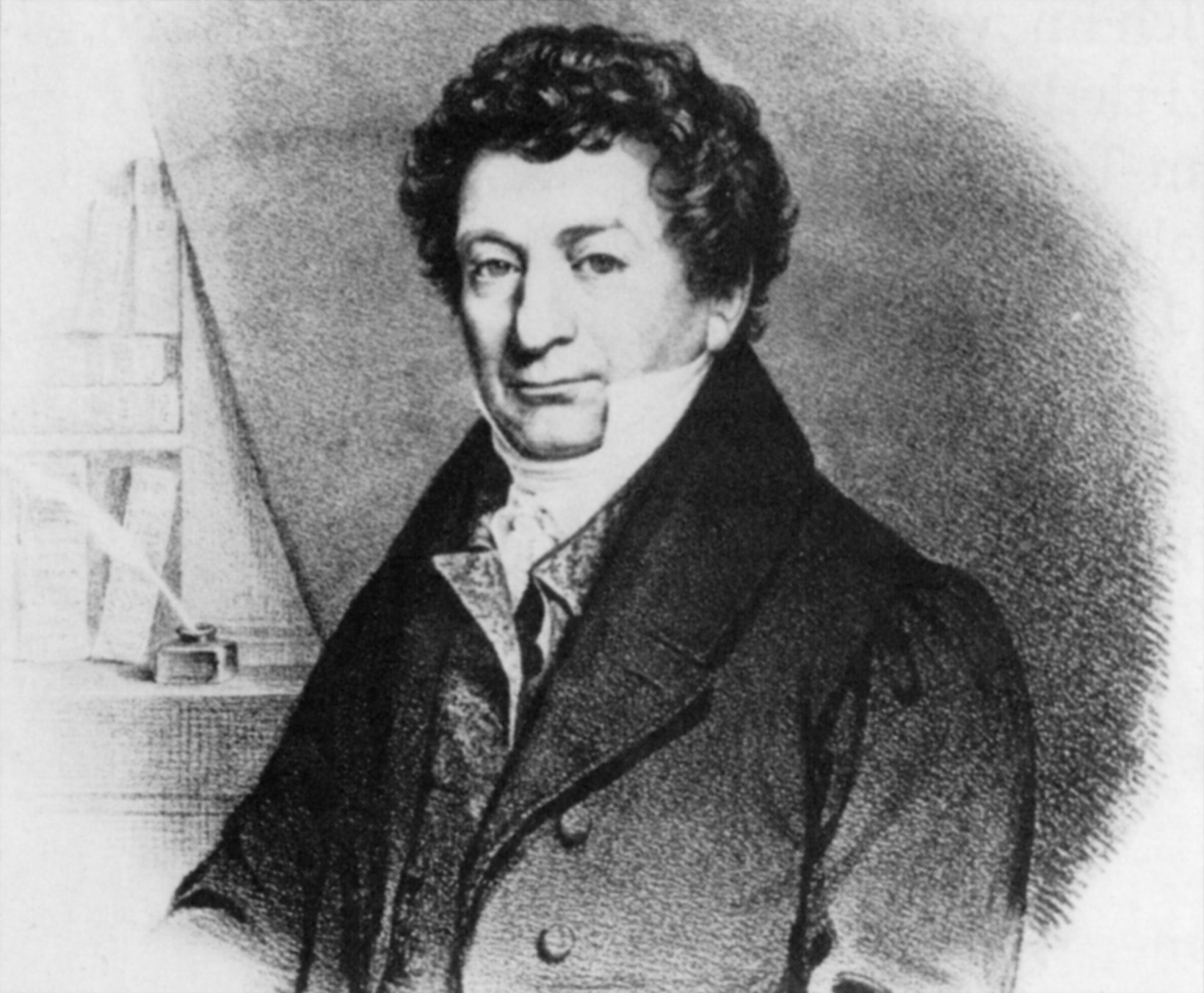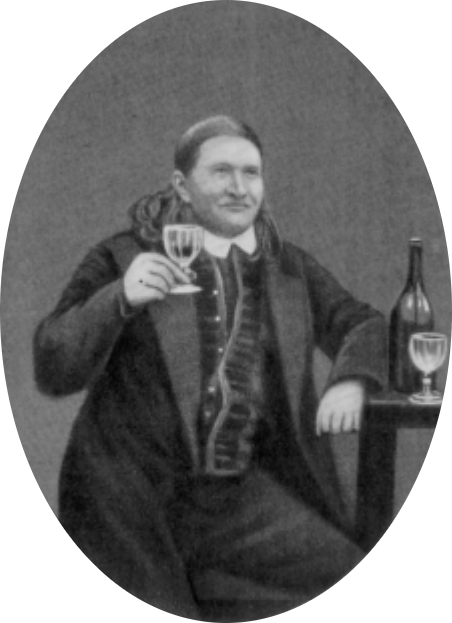Drugs in Victorian Britain
The 19th century was a crucial period of time for popularising both medicinal and recreational drug-taking in Britain. The Victorians enjoyed not only alcohol and opium but cannabis, coca and mescal. Starting in the 1840s, they also began to inject morphine and heroin.
Sherlock Holmes was one of the most well-known addicts in Victorian Britain. But he did not become a real fictional character until many years after the events of Field Lane.
Today’s massively popular market for energy drinks and natural pharmaceutical infusions would definitely have owed a debt of gratitude to the Zeus and Morpheus cordials…if they had ever been created.
But sadly, those drinks and the “Poppies” drinking establishments of Field Lane must remain a figment of my imagination.
Morphine

Friedrich Setürner (1783-1841)
While working as an assistant to a court apothecary in Paderborn, he isolated and extracted morphine crystals from tarry poppy-seed juice.He published his results in 1805.
He later became addicted to morphine and suffered from depression. He died in 1841.

Caffeine

Friedlieb Ferdinand Runge (1794-1867)
Runge isolated and purified the white crystalline substance he called Kaffebase in 1819 while studying chemistry at the University of Jena. In the same year he successfully isolated quinine from cinchona bark. Later in his career, he devised the important analytical technique of paper chromatography. Despite his great achievements, he died in poverty in a town called Oranienburg, Prussia.
